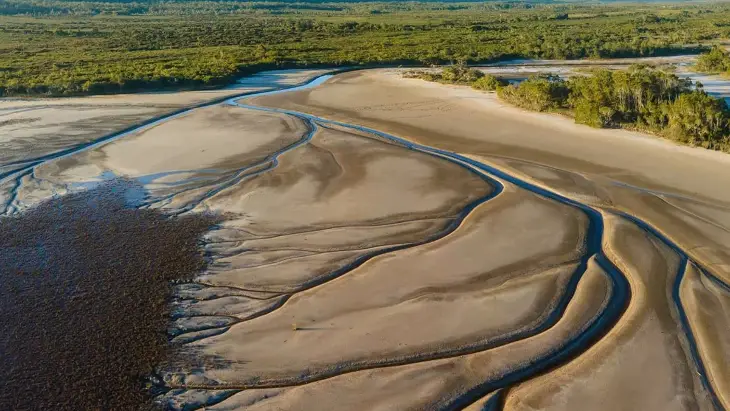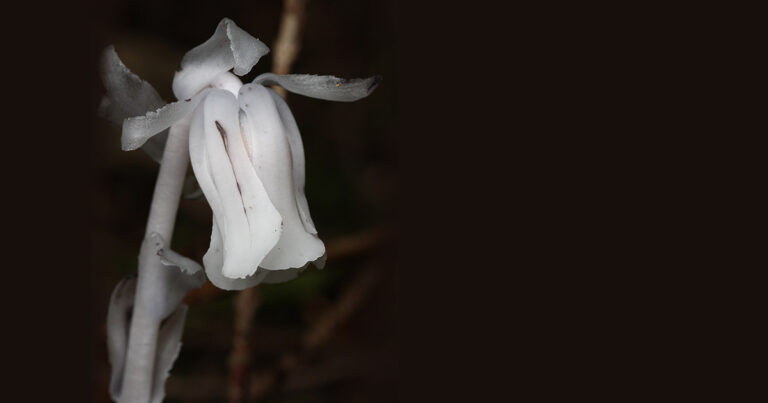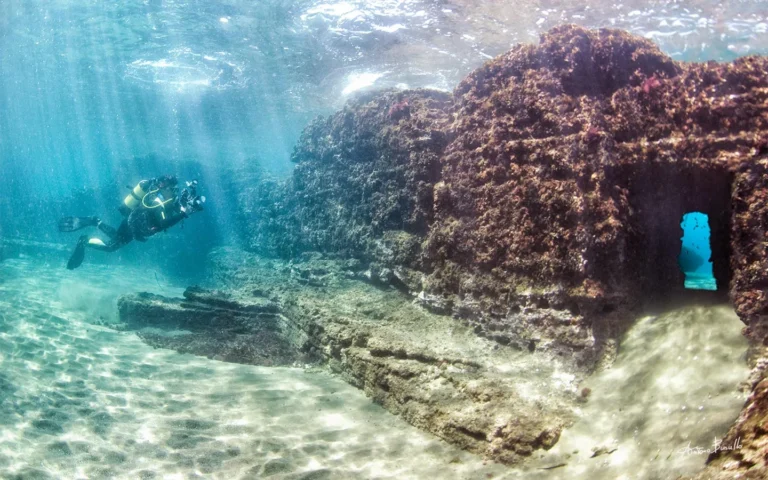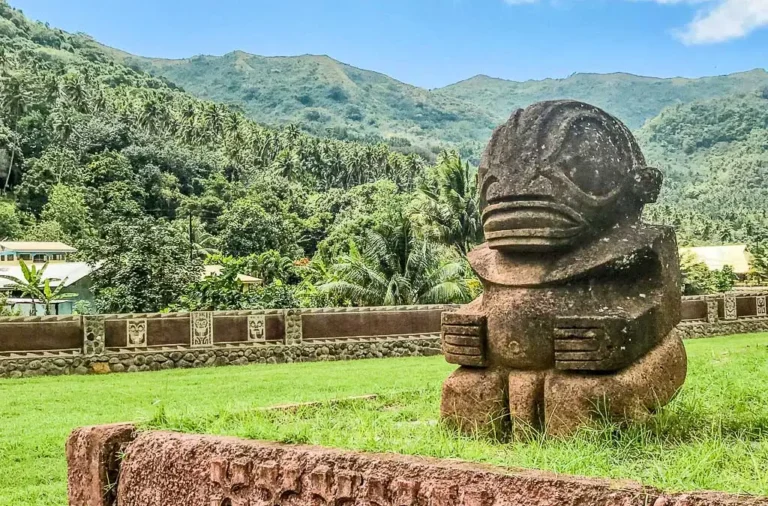Lake Cakora: The Enchanting “Tree of Life” in New South Wales
Nestled on the north coast of New South Wales, Australia, Lake Cakora stands out not just for its natural beauty but for its striking resemblance to the mythical Tree of Life. This picturesque lake, located near Brooms Heads in the Clarence Valley, is a captivating example of nature’s artistry, especially when viewed through the lens of a storm’s aftermath. In this blog, we explore the allure of Lake Cakora and the story behind its enchanting nickname.
The Enigmatic Lake Cakora
Lake Cakora, situated about seven hours north of Sydney, is renowned for its unique and visually stunning shape. The lake gained fame for its resemblance to the Tree of Life, a symbol found in various cultures representing the interconnectedness of all life. This resemblance is most pronounced during certain times of the year, particularly after storms, when the water levels and surrounding vegetation create an awe-inspiring natural artwork.
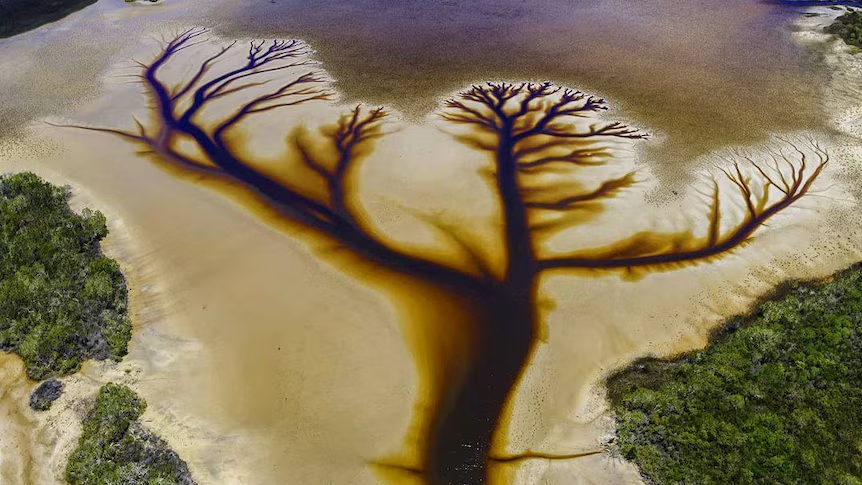
The Natural Artwork
The nickname “Tree of Life” was popularized by a stunning photograph taken by Derry Moroney, which captured the lake’s extraordinary appearance. The photograph, taken after a storm, highlights how nature can create mesmerizing patterns that mirror symbolic and mythical forms. This “natural artwork” is a testament to the beauty that can emerge from the interplay of environmental elements.
Key Features of Lake Cakora
- Unique Shape: Lake Cakora’s shape, resembling the Tree of Life, is influenced by various factors including water levels, the growth of surrounding vegetation, and seasonal changes. This unique shape makes it a popular subject for photographers and nature enthusiasts.
- Scenic Location: Situated in the Clarence Valley, Lake Cakora is surrounded by picturesque landscapes including lush forests and rolling hills. The area offers ample opportunities for outdoor activities such as hiking, birdwatching, and nature photography.
- Ecological Importance: The lake and its surrounding wetlands play a crucial role in the local ecosystem, providing habitat for various species of birds, fish, and other wildlife. The health of the lake is important for maintaining the biodiversity of the region.
- Seasonal Changes: The lake’s appearance can change with the seasons, offering different perspectives and views throughout the year. The “Tree of Life” shape is most prominent after storms, when the lake’s surface is calm and reflects the intricate patterns created by the surrounding landscape.
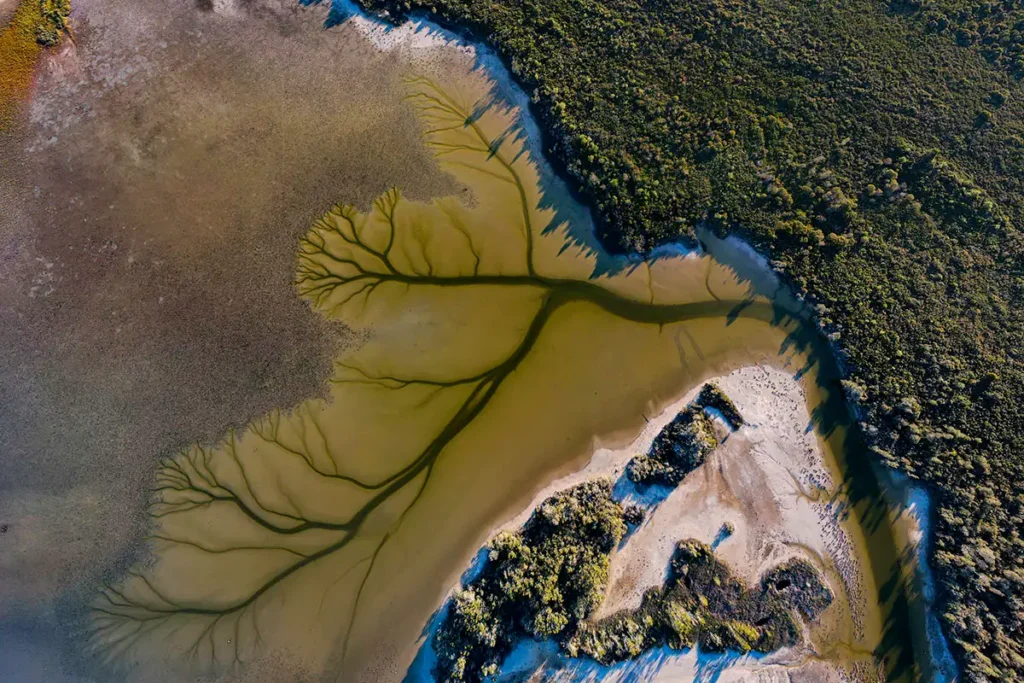
Visiting Lake Cakora
For those interested in experiencing Lake Cakora’s beauty firsthand, the following tips can enhance your visit:
- Best Time to Visit: To witness the lake’s resemblance to the Tree of Life, plan your visit after a storm or during the rainy season when the water levels and vegetation patterns are most pronounced.
- Photography Tips: Early morning or late afternoon light can provide the best conditions for capturing the lake’s unique shape. An aerial view or a high vantage point will offer the most striking perspective.
- Local Attractions: Explore the surrounding Clarence Valley for additional natural wonders and outdoor activities. The region is known for its scenic beauty, charming towns, and diverse wildlife.
Conclusion
Lake Cakora, with its remarkable resemblance to the Tree of Life, is a stunning example of nature’s ability to create breathtaking visual art. The lake’s unique shape and scenic location make it a must-see destination for travelers and nature lovers. As we marvel at this natural masterpiece, we are reminded of the beauty and mystery that nature continues to unveil, offering us a deeper appreciation for the world around us.
Embrace the opportunity to witness Lake Cakora’s enchanting form and explore the captivating landscapes of New South Wales. This natural wonder not only delights the eye but also inspires a greater connection to the intricate and beautiful patterns found in the natural world.
